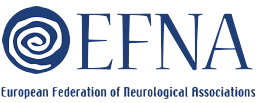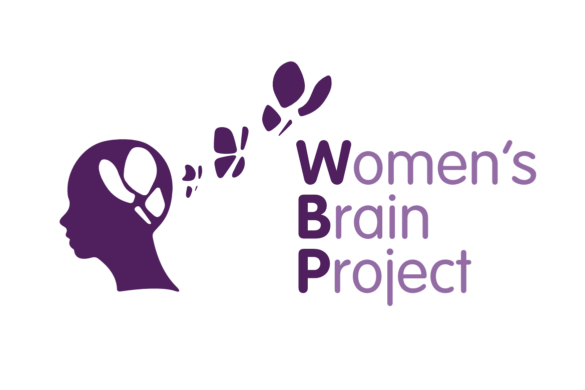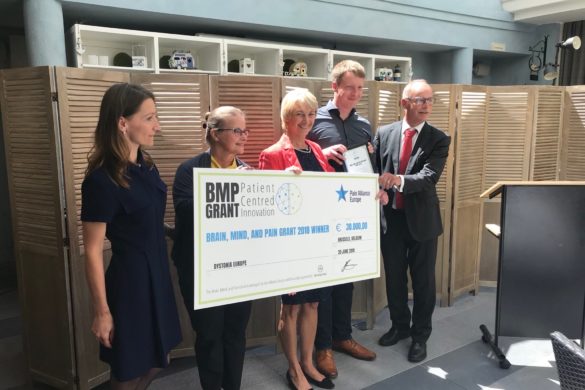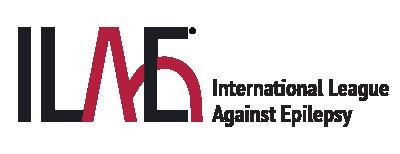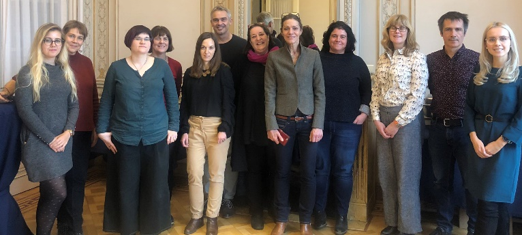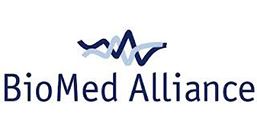by Anna Sauerbier
The 19th Congress of the International Parkinson and Movement Disorders Society took place in the beautiful city of San Diego on the Pacific coast of California between the 14th and 18th of June 2015. This international congress is held once a year and brings together thousands of clinicians, scientists and other allied healthcare professionals from all over the world to discuss and develop the fascinating and constantly growing field of movement disorders. Being the biggest congress in movement disorders, it offers an excellent scientific and teaching programme that covers the whole field of movement disorders.
There are therapeutic plenary, plenary and parallel sessions, skills workshops, video sessions, poster sessions and guided poster tours. Participants can choose between a wide range of up-to-date free teaching courses and workshops held by specialists in the field. These courses give an overview on the basics as well as the latest literature and are extremely useful for junior neurologists. Indeed, their popularity is underlined by the fact that they are often sold out and a very early booking is necessary. Furthermore, the so-called session “Blue Ribbon Highlights” gives a stimulating and critical summary of some of the highlights presented during the 5 days conference. Another recommended session is the “controversies” session, during which a panel of experts discuss the “hot topics” in movement disorders. This session gives a detailed insight into some of the controversially discussed topics and improves the critical approach towards treatment and diagnosis. Moreover, during the annual “MDS-Video Challenge” some very interesting movement disorders cases are presented. This session is very educational for junior neurologists.
“The Congress of the International Parkinson’s disease and movement disorders Society offers junior neurologists the great chance to have a first taste of movement disorders and receive an update on the latest stands of the literature” (L. Klingelhoefer, junior neurologist).
Due to the wide range of different topics presented during the congress, each participant is able to choose the topic and the type of session most suitable for her/him, allowing an inspiring and very educational experience. Furthermore, it is a unique opportunity to listen to experts and key opinion leaders in this fascinating field.
For junior neurologists, the Congress is an ideal occasion to meet and network with juniors and senior neurologists who share the same interests to develop new research ideas and form new collaborations and friendships. In addition, junior trainees have the opportunity to present their own work during one of the daily poster sessions as well as guided poster tours. This allows neurologists at a very early level of their career to improve their presenting skills, and discuss their research idea and findings with experts in this field.
The Society has endorsed several study groups on different topics in relation to movement disorders. These groups present their research during the congress, giving junior neurologists the opportunity to be inspired by very specific topics and further enhance their interest and be involved in larger international collaborations.
In conclusion, the next congress of the International Parkinson and Movement disorders Society, to be held in Berlin in 2016, is highly recommended to junior neurologists who like to be better exposed to movement disorders as well as to those who have already a special interest in this field.
Anna Sauerbier is working as a clinical research fellow at King’s College hospital in London, UK and is an active member of the European Association of Young Neurologists and Trainees.




